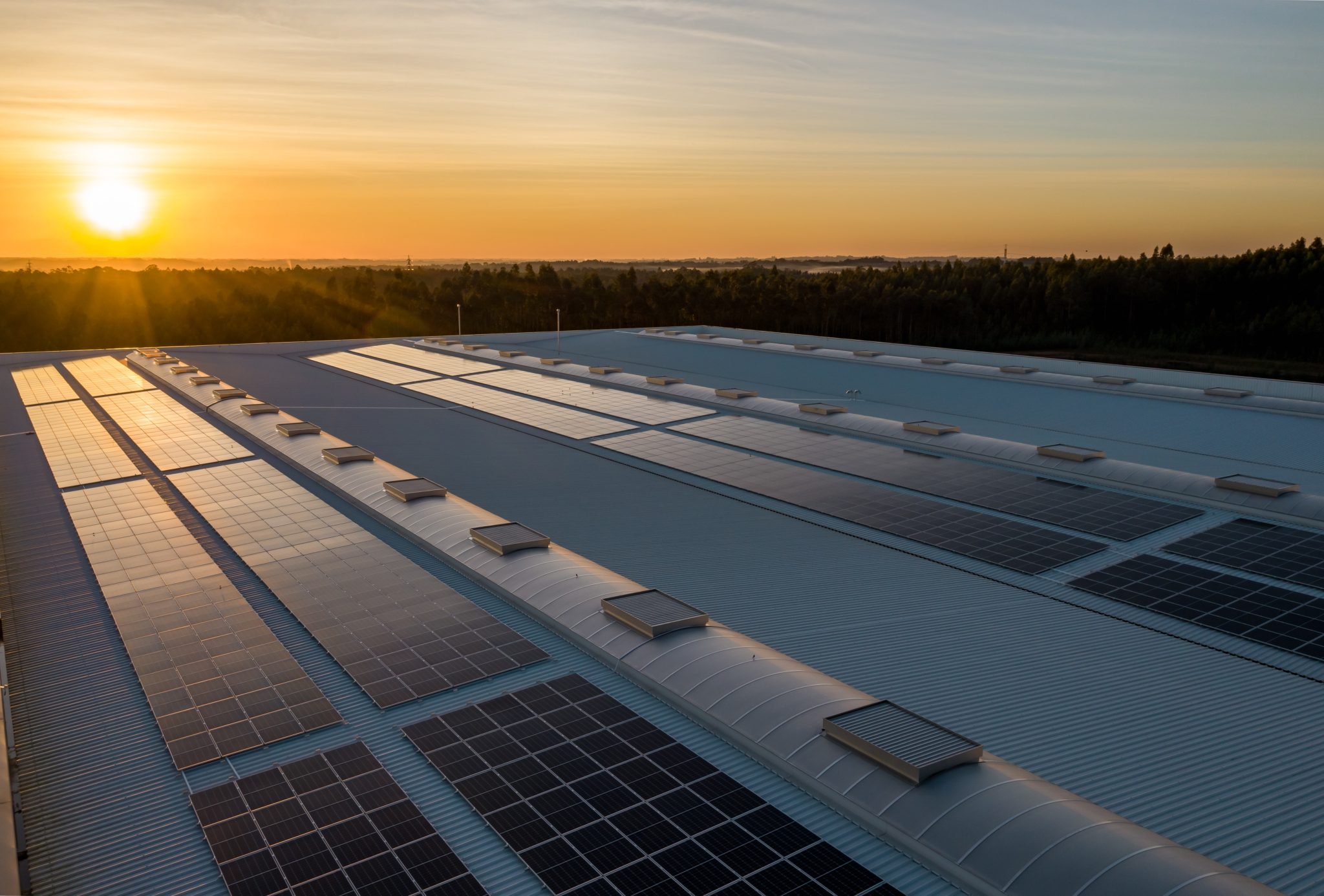This is a collaborative post
If you’ve done your homework, installing solar panels on your house is the next logical step in achieving energy independence. Check out our guide to solar panels for your house to discover whether turning sustainable is in your future. There are many questions concerning residential solar panels, and we’re here to answer them.
Systems for generating electricity from solar panels at home
There are various aspects to consider while purchasing solar panels for a house, even if it’s from the best solar company. The solar panels are the most visible component of a residential solar energy system, but there are a number of other critical components. Home solar panel networks have the following characteristics and a we have a quick description of each. The rectangular photovoltaic panels that collect sunlight and transform it into direct current are known as panels. Approximately Twenty solar panels are required for the typical house. A big box-like structure that transforms direct current energy into alternating current. Our houses are powered by alternating current. The size of an inverter should support the weight of your solar panels, which are also measured in kilowatts. Although they are smaller than a single panel in terms of physical dimensions, they may still weigh up to several hundred pounds. Your system’s installer can help you choose the right inverter. Solar power might be wasted if the inverter becomes too small.
In a nutshell, fixed racks hold solar panels in place at a certain inclination, while variable racks may be shifted to reap the benefits of the sun’s path as it passes over the horizon. Your roof will be retrofitted with the solar panels in one of these two alternatives. In contrast, Tesla’s solar shingles, made famous by Tesla, one of the best reputable solar companies, are a third alternative that completely replace your current roof. Your solar system may include a huge lithium-ion battery that can be used to store extra energy for usage during off-peak hours. lithium-ion batteries have the longest lifespan of any other battery type or the newer batteries that allow you to sustain enough power day or night, as long as you store enough power during the day.
How to install a solar panel on your own
By putting up your own solar panels, you not only save money, but you also have more say in how your home’s solar system is designed in the end. However, you should be aware that there may be considerable disadvantages as well. First and foremost, this is a highly specialized job that requires a deep understanding of electrical wiring and solar panel functionality. The installation of solar panels requires knowledge of high-voltage circuitry and is not recommended for beginners. This section of the installation has a high risk of harm and should ideally be done by a trusted solar panels company. If done incorrectly, you run the risk of injuring yourself as well as causing significant damage to your property and fuse box. Solar installation may be risky and difficult if you don’t know what you’re doing. The use of your own solar panels means that you will be unable to benefit from the expertise of professional solar architects, who can assist you in designing a system that maximizes your ability to produce electricity while also saving you money.
A guide to improving your company’s use of electricity
With a few easy fixes, you can lower your running expenses by improving your business’s energy efficiency. To assist small and medium sized enterprises better evaluate their energy usage, study which solar choices are acceptable, calculate the business case, and overcome any roadblocks, this guide provides a clear step-by-step procedure.

Leave a Reply